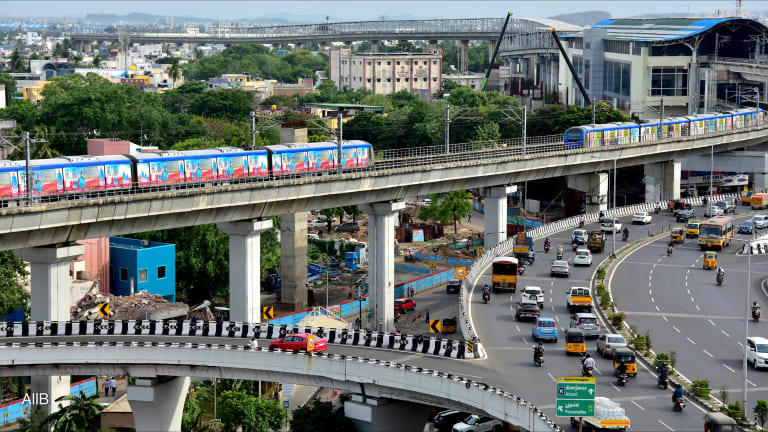A market in El Salvador. World Bank recently signed its 2016-2019 Country Partnership Framework, which aims to support the country's government in creating growth, inclusion and sustainability. Photo by: Christopher Porter / CC BY-NC-ND
Since the end of the civil war in 1992, El Salvador has made great strides in improving its political and social conditions. However, several ills such as inequality, poverty and low growth indicators continue to persist.
El Salvador is among the weakest economies in Central America, and growth has been sluggish in all sectors. Its annual gross domestic product growth only averages 1.5 percent and is below regional levels. In the strategic country diagnostics, three vicious circles impeding its growth and shared prosperity were identified – low growth and high violence, low growth and high migration, and low growth and low savings and investments. Because of their interconnectedness, breaking these circles of low growth equilibrium require ambitious and concerted efforts rather than marginal interventions.
This story is forDevex Promembers
Unlock this story now with a 15-day free trial of Devex Pro.
With a Devex Pro subscription you'll get access to deeper analysis and exclusive insights from our reporters and analysts.
Start my free trialRequest a group subscription







